No, this has nothing to do with my CheckIn-domains. After having discussed that topics at various options, I think it’s time to bring the topic up here to simply refer to it and not always repeat myself 😉
What will the check-in-process look like in 2015? How will RFID and NFC change the check-in-process?
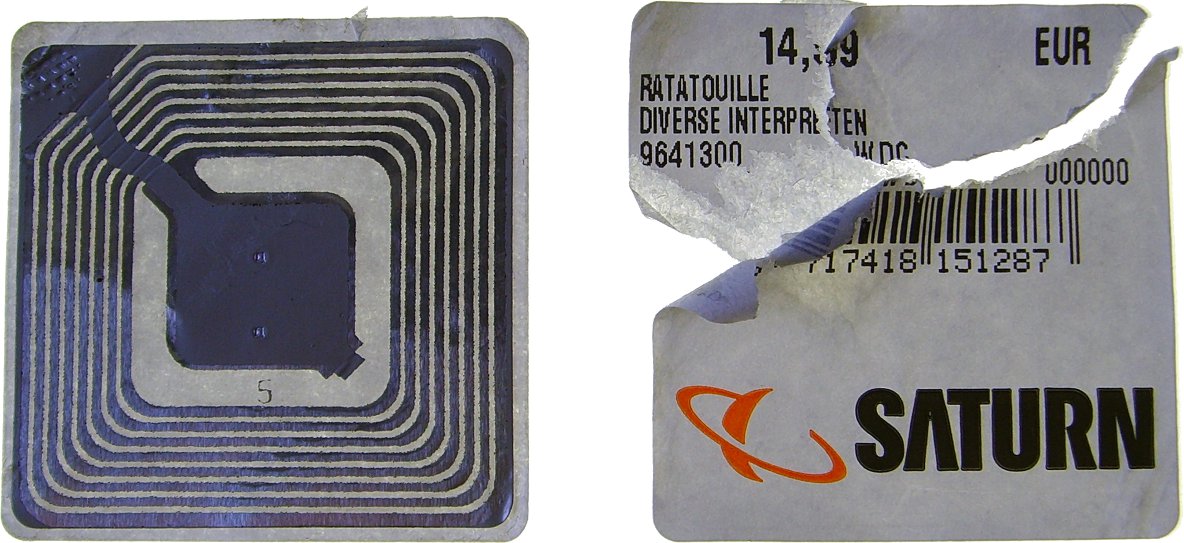 You may have seen these ornament-like looking stuff on the back of the supermarket labels, electronics superstores and such and may have wondered what it is. It is the future…
You may have seen these ornament-like looking stuff on the back of the supermarket labels, electronics superstores and such and may have wondered what it is. It is the future…
It is called RFID (Radio Frequency IDentification) and in short: A radio sender sends out a signal on a special wave length, that triggers the antenna and generates a little energy – just enough to reply with a small radio signal with the code that is on the little chip. Which is a binary code similar to a barcode.
Depending on the strength of the original signal and the quality of the RFID antenna+chip, RFID may reply over the distance of several meters. Such chips are in your passport, can be in your frequent flyer card, about anywhere.
Now a similar technology is NFC (Near Field Communication), you may have heard about to be implemented in the next generation mobile phones (they were expected to be in the new iPhone, but).
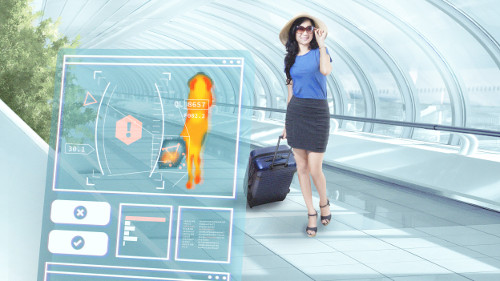 Now consider this scenario:
Now consider this scenario:
Your frequent flyer card and your passport contain a RFID chip. The airport provides you “preferred parking”, for which you also put a sticker (with such chip) behind your window. Your suitcase is equipped with an RFID. Your telephone identifies you via NFC.
 Your car approaches the airport. The intelligent airport parking system directs you to the best (or pre-reserved or VIP) parking lot available. When you exit the car, your suitcase (known from a previous flight to be yours) is identified. You need no bag-tag, as it is already tagged with it’s own RFID. While you enter the terminal dropping of the bag at one of the default baggage check-in-machines, your passport is triggered and directly identified. It contains a (chipped) visa for your destination. Your seat and boarding gate, together with an invitation to the VIP-lounge is transmitted to your smart phone. As you accessed the airport WiFi before, you are automatically connected to it, no 3G-charges apply. You walk through security, having your carry-on and your retina (eye-identification) checked, but as your boarding pass is your RFID and your passport is known, you are not further held back. As you miss your departure time while working in the lounge, the system detects you. You are not called out publicly, but the lounge manager approaches you and reminds you to get to the gate quickly.
Your car approaches the airport. The intelligent airport parking system directs you to the best (or pre-reserved or VIP) parking lot available. When you exit the car, your suitcase (known from a previous flight to be yours) is identified. You need no bag-tag, as it is already tagged with it’s own RFID. While you enter the terminal dropping of the bag at one of the default baggage check-in-machines, your passport is triggered and directly identified. It contains a (chipped) visa for your destination. Your seat and boarding gate, together with an invitation to the VIP-lounge is transmitted to your smart phone. As you accessed the airport WiFi before, you are automatically connected to it, no 3G-charges apply. You walk through security, having your carry-on and your retina (eye-identification) checked, but as your boarding pass is your RFID and your passport is known, you are not further held back. As you miss your departure time while working in the lounge, the system detects you. You are not called out publicly, but the lounge manager approaches you and reminds you to get to the gate quickly.
In the aircraft, it is automatically checked that you take your seat in the right area of the aircraft, you sure have access to the onboard-WiFi.
Arriving at your destination, your passport and your visa is triggered the moment you leave the aircraft. Your ID is checked, as you approach customs and imigrations, you are not bothered about your passport, but leave the airport. Noone can leave the baggage area with your bag, as your other RFID signals show you away from the bag – an alert immediately calls in security.
Sounds futuristic? But it makes the painstaking airport security easy again, for passengers and the controllers alike, at the same time increasing the security level. It also reduces manpower needed to process the flight, once established, it’s simple decreasing the cost and improving customer (traveler) satisfaction. And the first steps are already taken! A chip label costs 3-5c or even less. There are customer cards having them available – many trade fairs allow the quick access with RFID-tagged tickets. The boarding pass printers supporting RFID are available and in use (so far local benefit only). It’s nothing that needs to be invented, simply requires some standardization for the chips.
Food for Thought
Comments welcome
![“Our Heads Are Round so our Thoughts Can Change Direction” [Francis Picabia]](https://foodforthought.barthel.eu/wp-content/uploads/2021/10/Picabia-Francis-Round-Heads.jpg)
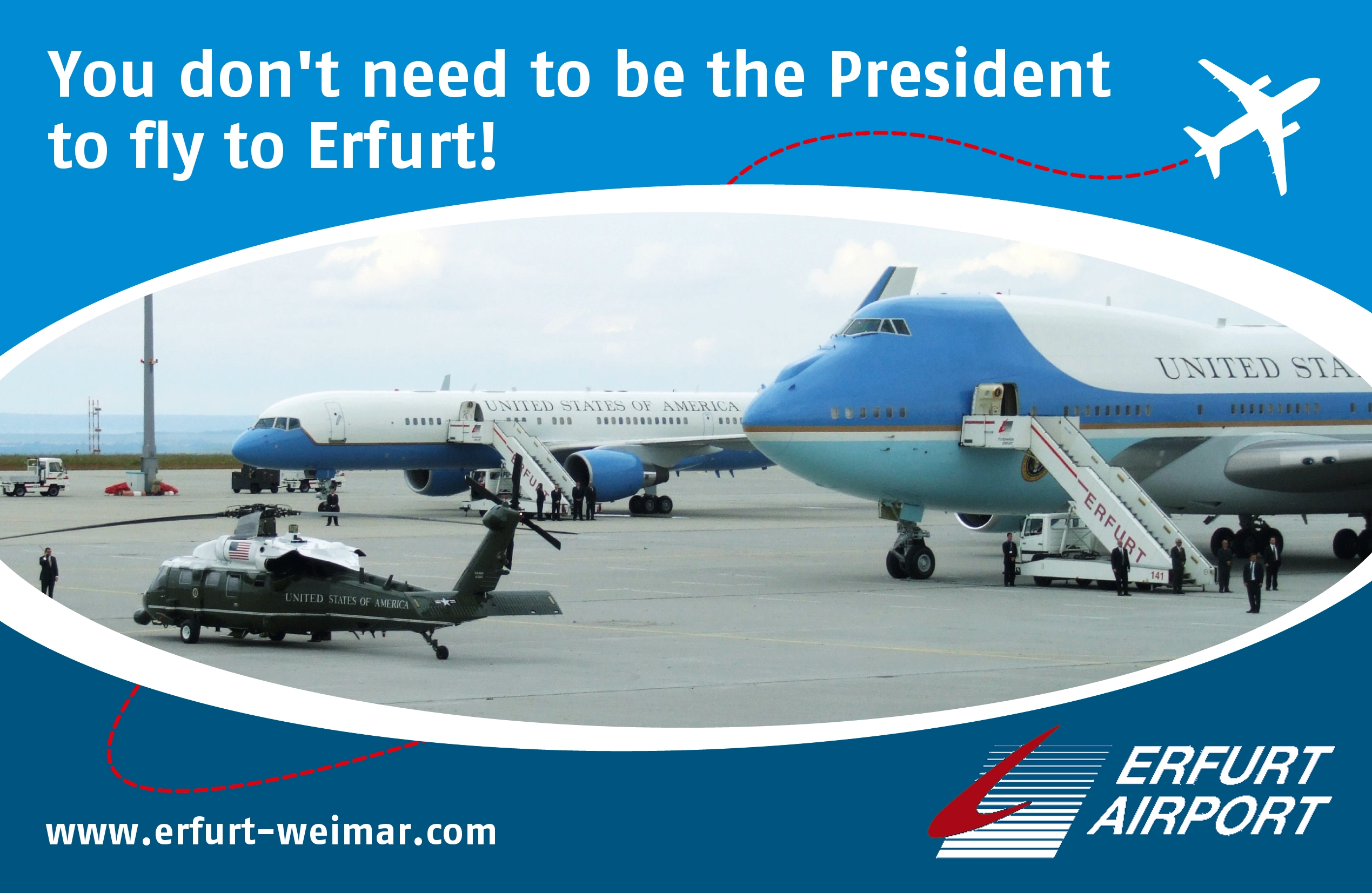 In 2009, I had the honor to be part in the handling team to prepare for the short visit by President Obama in Thuringia.
In 2009, I had the honor to be part in the handling team to prepare for the short visit by President Obama in Thuringia. In 2011 the President was followed by the Catholic Pope Benedict XVI, also visiting ERF and Thuringia, the heartland of the ‘renegade’ Lutheran church. Being the ultra conservative he is, he rejected the offered hand of the Protestant church.
In 2011 the President was followed by the Catholic Pope Benedict XVI, also visiting ERF and Thuringia, the heartland of the ‘renegade’ Lutheran church. Being the ultra conservative he is, he rejected the offered hand of the Protestant church.
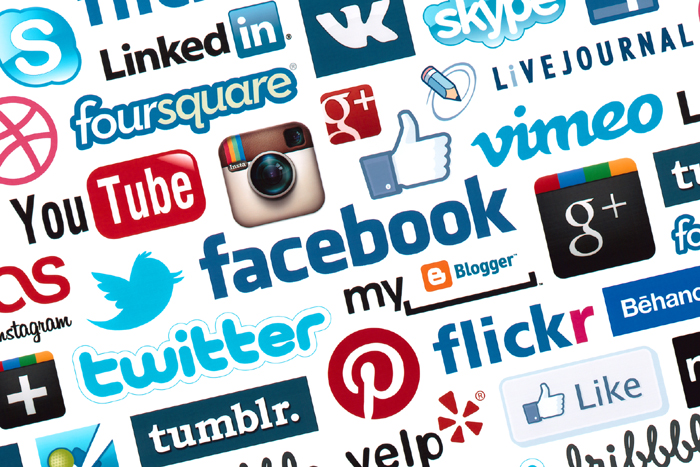 As Blogs are a part of “social networking” and as I follow several blogs like the German
As Blogs are a part of “social networking” and as I follow several blogs like the German 
 Some of you remember my ASRA-presentation 2007, where Christoph joked about me being paranoid? Yes, I am! Not paralyzed, but careful. My life is largely “online”, I use Social Networks, have my own websites and blogs. But yes, I do consider who gets access to what and I do distrust companies like Microsoft, Google, Yahoo & Co. I have to use them. Some of their stuff is simply great (Google Earth + Maps), but these corporations have stronger power today than a president of the United States. Do I use Facebook or does Facebook use me?
Some of you remember my ASRA-presentation 2007, where Christoph joked about me being paranoid? Yes, I am! Not paralyzed, but careful. My life is largely “online”, I use Social Networks, have my own websites and blogs. But yes, I do consider who gets access to what and I do distrust companies like Microsoft, Google, Yahoo & Co. I have to use them. Some of their stuff is simply great (Google Earth + Maps), but these corporations have stronger power today than a president of the United States. Do I use Facebook or does Facebook use me? If you don’t know what Six Sigma is about, read this
If you don’t know what Six Sigma is about, read this  There are many such jobs in any company, but that’s the jobs, most often the first ones being cut by Six Sigma disciples. Service, support. They are cost factors, they do nothing but cover for the mistakes done up front. As there must be no mistakes, there’s no need for service and support. It’s a very typical trend for any company where managing responsibility is transferred from the entrepeneur to the finance, money driven folks.
There are many such jobs in any company, but that’s the jobs, most often the first ones being cut by Six Sigma disciples. Service, support. They are cost factors, they do nothing but cover for the mistakes done up front. As there must be no mistakes, there’s no need for service and support. It’s a very typical trend for any company where managing responsibility is transferred from the entrepeneur to the finance, money driven folks.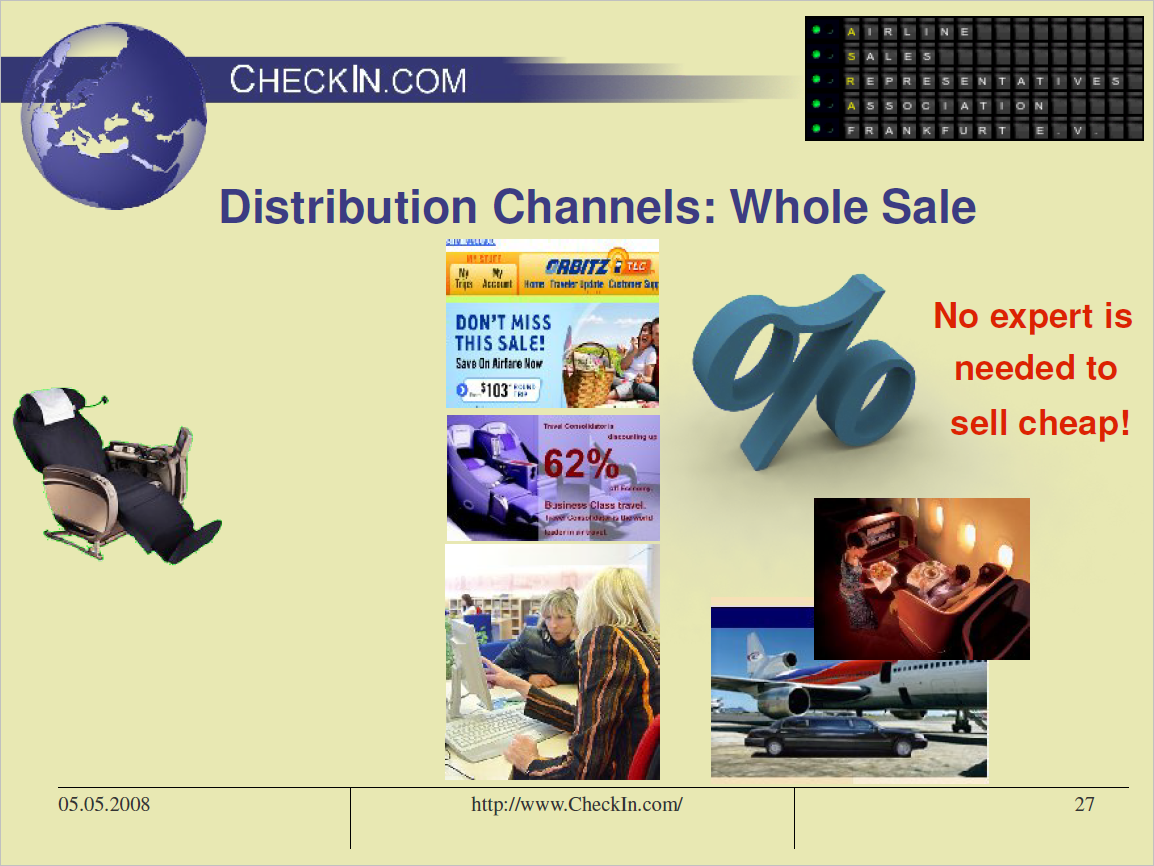

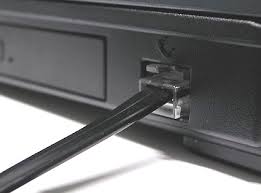 In all the euphoria for Web 2.0 I am lately traveling in “Modem-country” again. Oh no! Do you remember?! No high speed Internet, connections with 40K or even 33K (thousand) only, where a slow DSL is 768K, normal are 2M (million). Wow. It is relatively easy to use Google and many other websites, but then I stepped into “Web-2.0-content” and got into the World-Wide-Wait…
In all the euphoria for Web 2.0 I am lately traveling in “Modem-country” again. Oh no! Do you remember?! No high speed Internet, connections with 40K or even 33K (thousand) only, where a slow DSL is 768K, normal are 2M (million). Wow. It is relatively easy to use Google and many other websites, but then I stepped into “Web-2.0-content” and got into the World-Wide-Wait… A discussion on LinkedIn triggered thoughts about personal priorities in business. And keep in mind that it’s the (wo)man in the mirror that makes a change (or doesn’t).
A discussion on LinkedIn triggered thoughts about personal priorities in business. And keep in mind that it’s the (wo)man in the mirror that makes a change (or doesn’t).